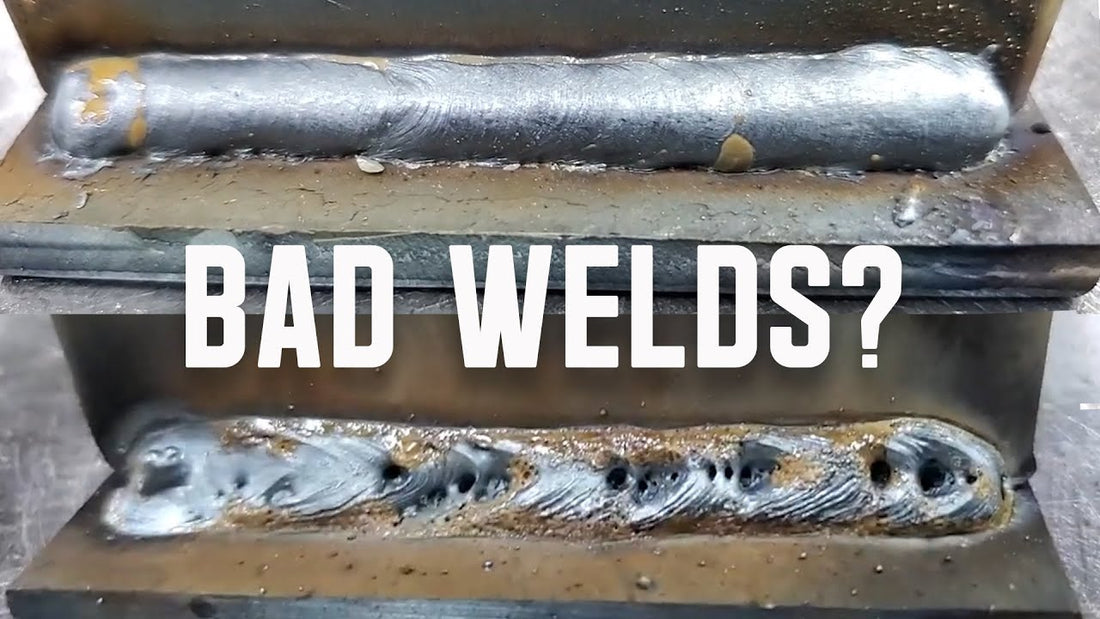Preventing Weld Undercut Demystified: Methods for Success
Preventing Weld Undercut Demystified: Methods for Success
Blog Article
Grasping the Art of Welding: Just How to Avoid Undercut Welding Issues for Flawless Construction Outcomes
Efficiency and accuracy are extremely important in the world of welding, where also the slightest flaw can endanger the architectural integrity of a produced item. One usual challenge that welders face is damaging, an issue that can lead and deteriorate a weld joint to pricey rework. By understanding the source of undercut welding and carrying out reliable techniques to avoid it, welders can boost their craft to new levels of excellence (Preventing weld undercut). In the pursuit of perfect construction outcomes, understanding the art of welding to stay clear of undercut issues is not just a skill but a requirement for those aiming for excellence in their job.
Recognizing Undercut Welding

To stop undercut welding, welders need to guarantee correct welding parameters, such as changing the existing, voltage, travel speed, and keeping the appropriate electrode angle. In addition, using the proper welding strategy for the particular joint arrangement is important. Utilizing weaving motions or backstepping techniques can aid ensure appropriate weld steel deposition and lower the possibility of undercut development. Normal evaluation of welds throughout and after the welding process is also vital to capture any undercut very early and make essential adjustments to stop more problems. Preventing weld undercut. By comprehending the reasons for undercut welding and carrying out preventative actions, welders can achieve premium, structurally audio welds.
Sources Of Undercut in Welding
Understanding the factors that contribute to undercut in welding is necessary for welders to produce top notch, structurally sound welds. Damaging occurs when the weld metal does not correctly fill the groove formed between the base steel and the formerly deposited weld steel. Several variables can result in undercut in welding. One typical reason is extreme heat input. Welding at high temperature levels for extended durations can lead to the base steel thawing greater than wanted, resulting in damage. Inadequate welding inaccurate or current welding rate can likewise add to undercut. Insufficient current may not give adequate warmth to melt the base and filler metals sufficiently, while excessive rate can avoid appropriate blend, creating undercut. Additionally, incorrect electrode angles or wrong torch adjustment techniques can produce areas of reduced weld steel deposition, advertising undercut. Recognizing these causes and applying proper welding strategies can assist protect against damaging concerns, making certain sturdy and strong welds.
Strategies to stop Undercutting

To mitigate the danger of damaging in welding, welders can use critical welding methods intended at enhancing the top quality and honesty of the weld joints. One effective technique is to readjust the welding specifications, such as voltage, current, and take a trip speed, to guarantee proper heat input and deposition. Preserving an ideal electrode angle and ensuring consistent travel speed can also assist protect against undercut. Furthermore, utilizing the appropriate welding strategy for the details joint configuration, such as weave or stringer beads, can contribute to reducing undercutting. Preventing weld undercut.
Utilizing back-step welding strategies and regulating the weld grain profile can likewise help distribute heat equally and reduce the danger of undercut. Routine evaluation of the weld joint throughout and after welding, as well as implementing high quality assurance actions, can aid in detecting you can try this out and dealing with undercutting concerns without delay.
Value of Correct Welding Specifications
Picking and preserving ideal welding specifications is essential for accomplishing effective welds with very little issues. Welding parameters describe variables such as voltage, present, take a trip rate, electrode angle, and protecting gas circulation rate that directly influence the welding procedure. These specifications need to be carefully adjusted based on the type of product being welded, its density, and the welding technique employed.
Appropriate welding parameters guarantee the ideal quantity of heat is put on melt the base steels and filler material consistently. If the criteria are set expensive, it can result in extreme warmth input, causing burn-through, distortion, or spatter. On the other hand, if the criteria are also low, insufficient blend, lack of penetration, or undercutting may happen.
Quality Control in Welding Operations

Conclusion
In conclusion, mastering the art of welding needs a complete understanding of undercut welding, its reasons, and techniques to avoid it. By making sure proper welding parameters and executing quality control techniques, flawless manufacture results can be accomplished. It is crucial for welders to constantly aim for excellence in their welding Extra resources procedures to avoid undercut concerns and create top notch welds.
Undercut welding, a typical defect in welding processes, takes place when the weld metal does not properly load the groove and leaves a groove or clinical depression along the bonded joint.To stop undercut welding, welders should ensure appropriate welding specifications, such as readjusting the current, voltage, travel rate, and maintaining the appropriate electrode angle. Poor welding wrong or current welding speed can likewise add to undercut.To reduce the danger of damaging in welding, welders can employ calculated welding strategies aimed at improving the high other quality and honesty of the weld joints.In conclusion, mastering the art of welding needs a thorough understanding of undercut welding, its causes, and methods to avoid it.
Report this page